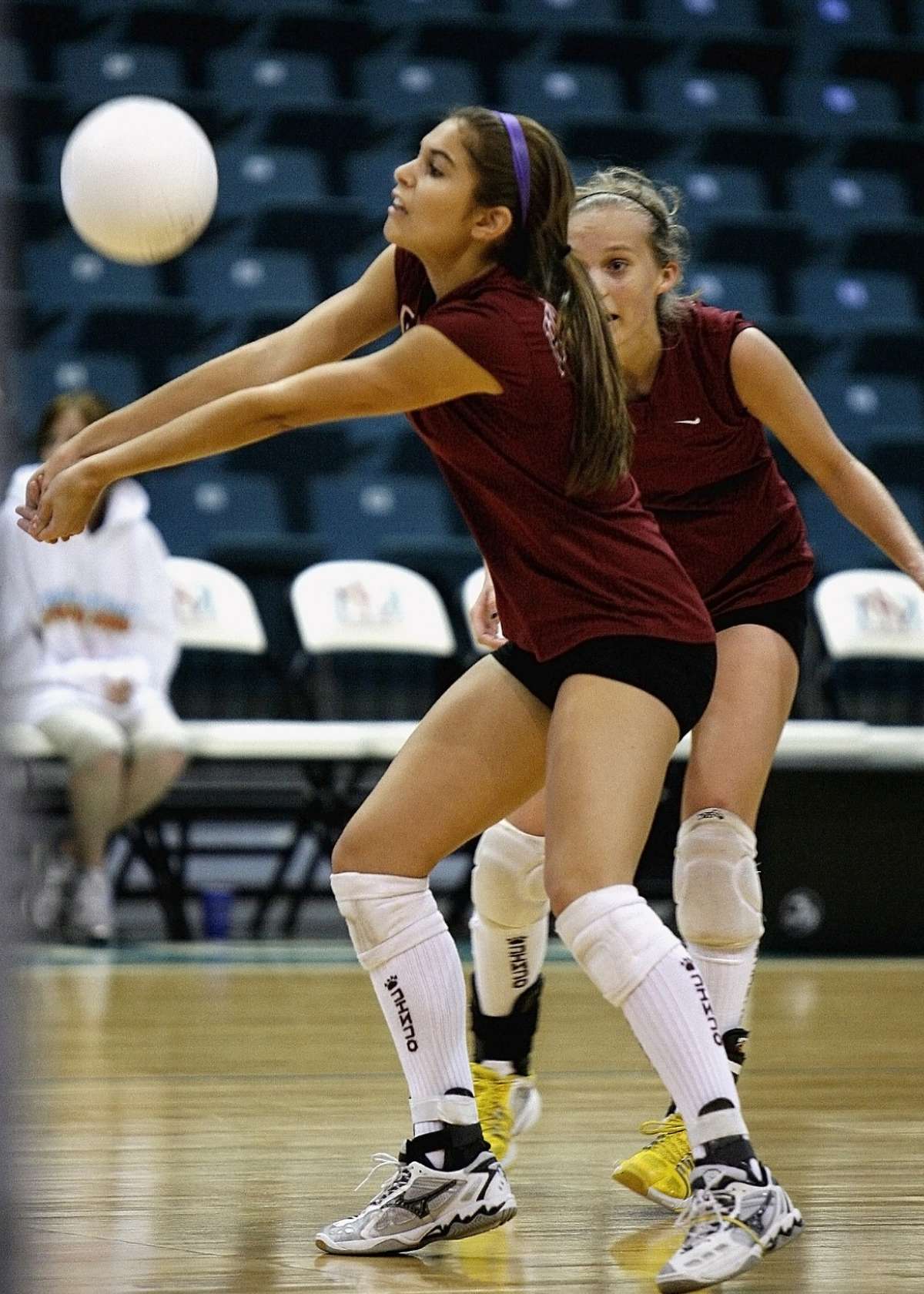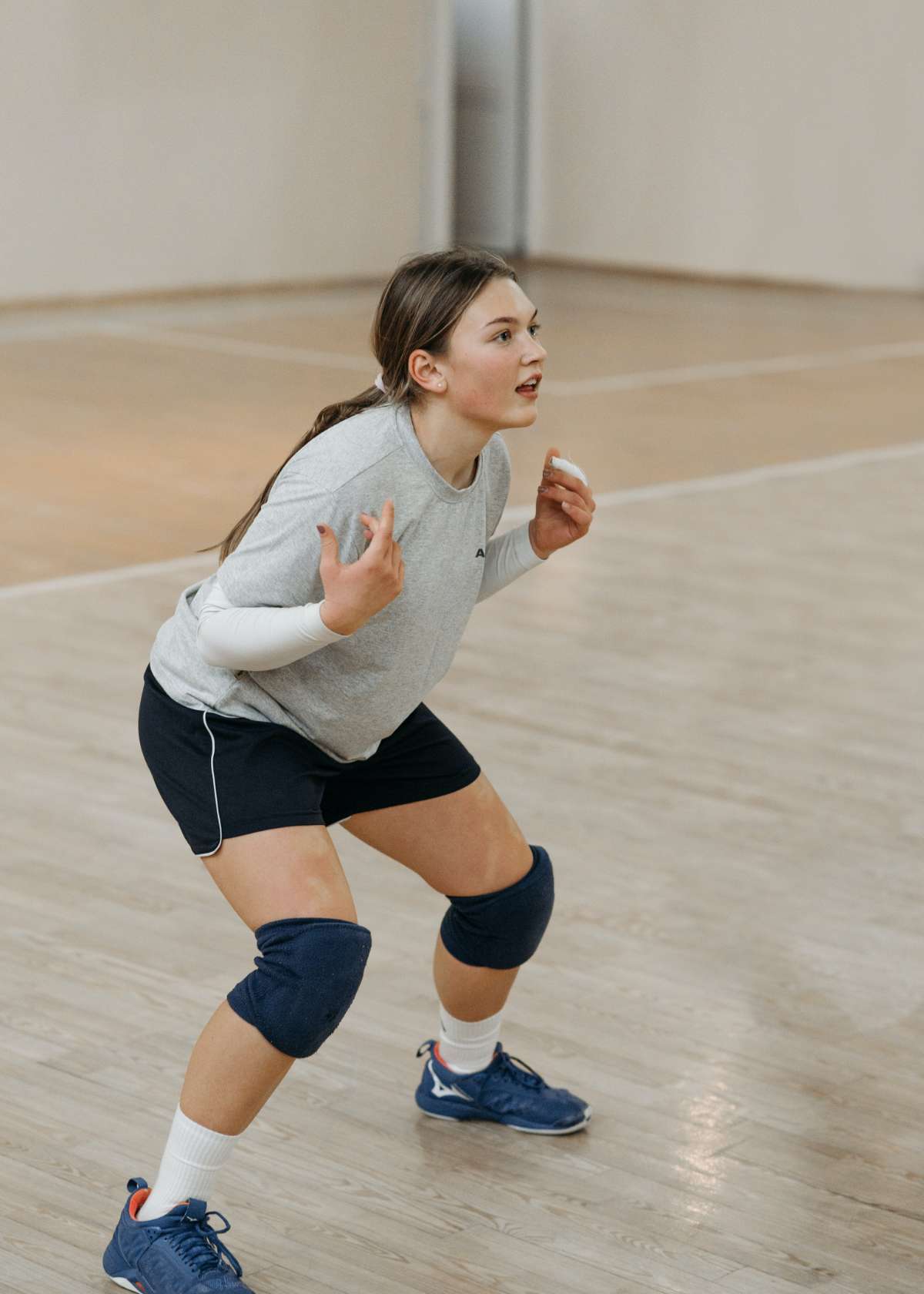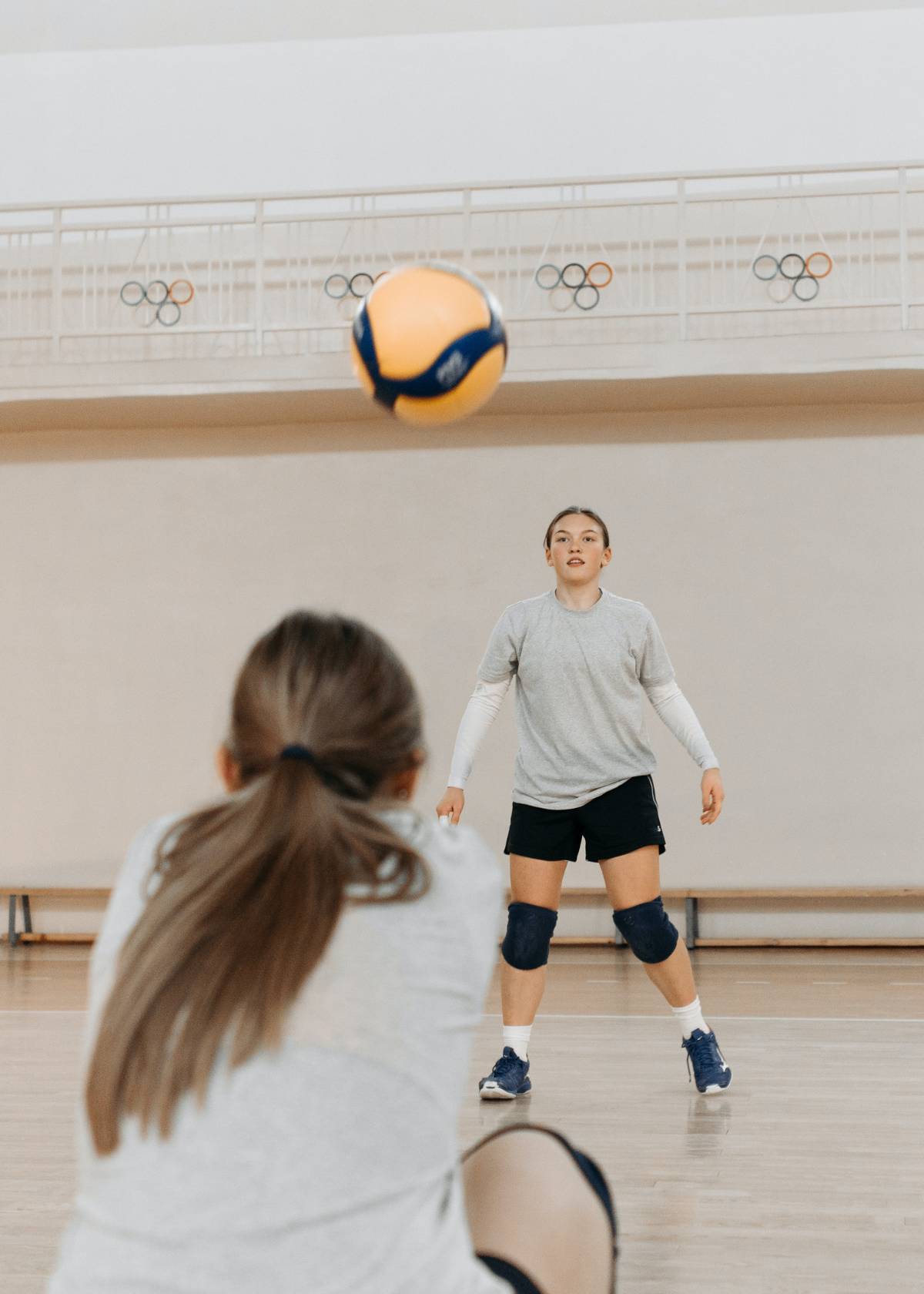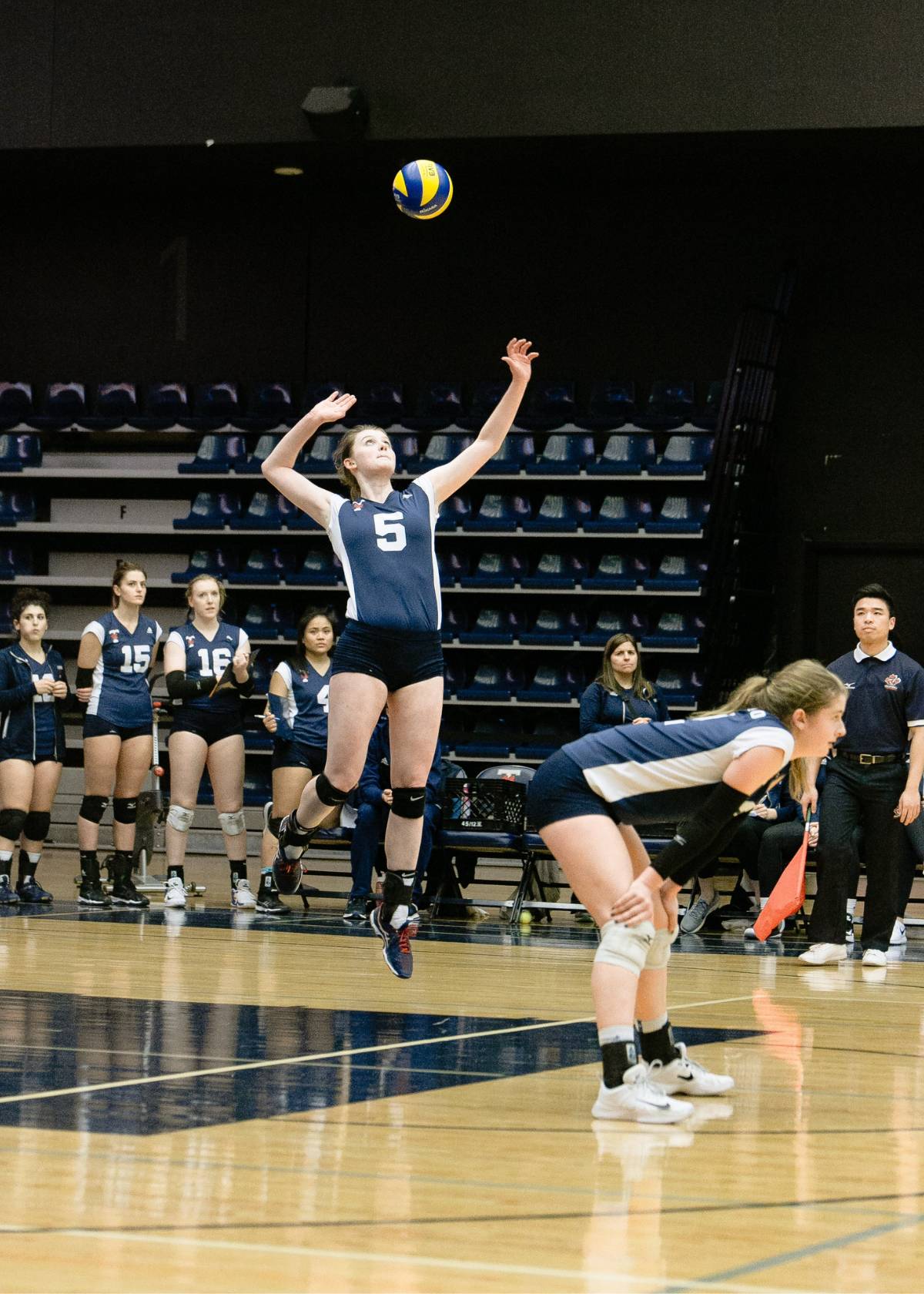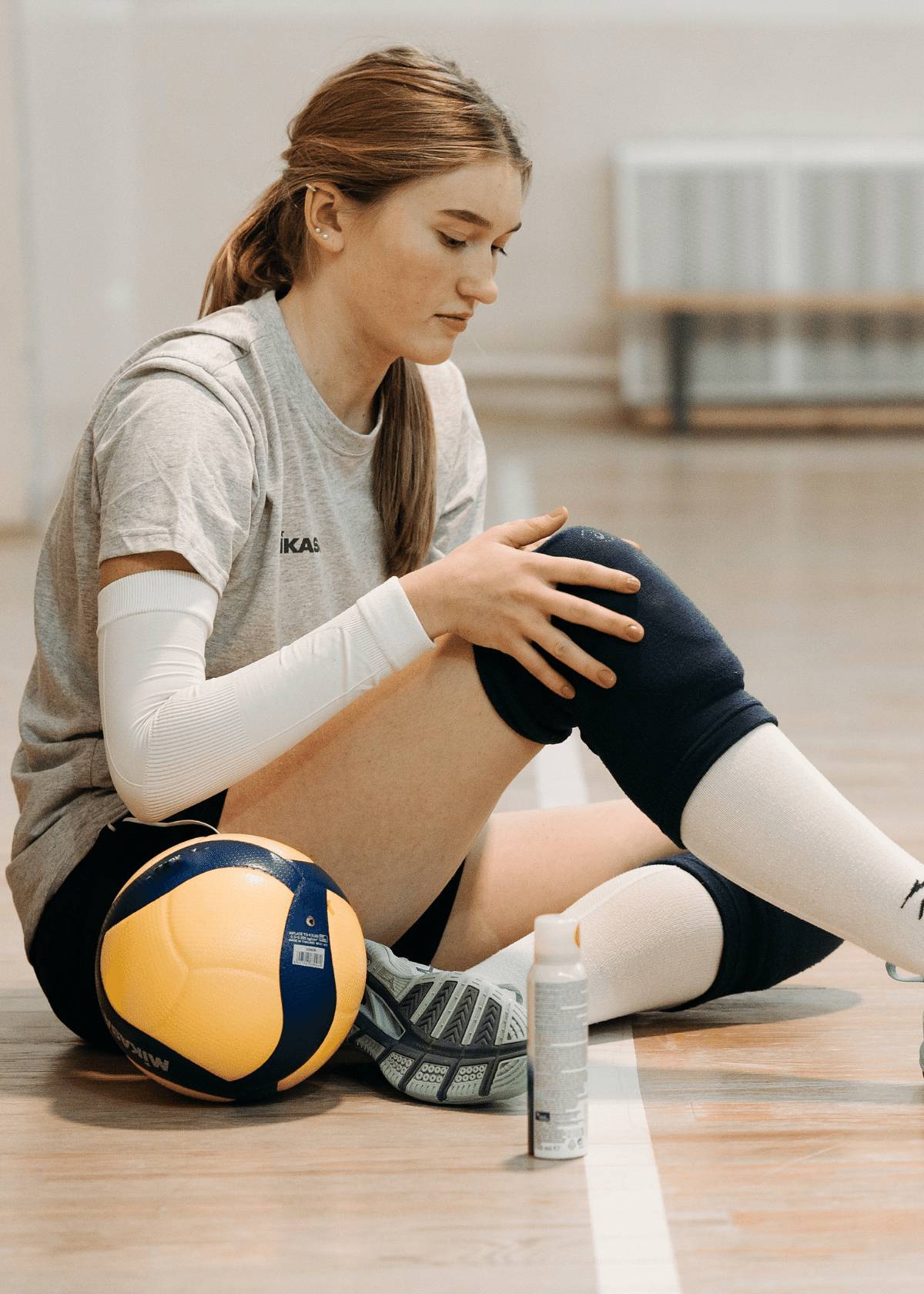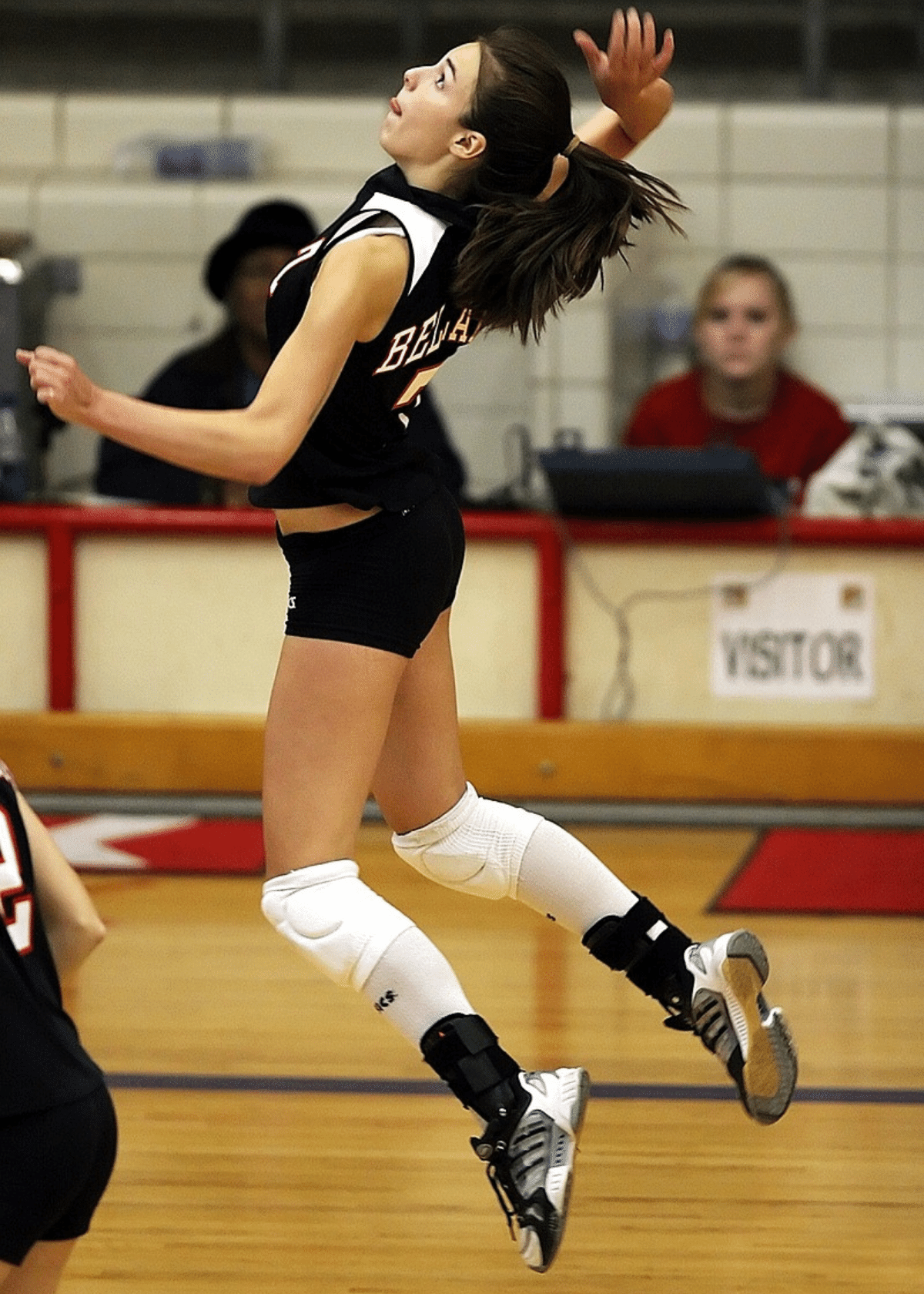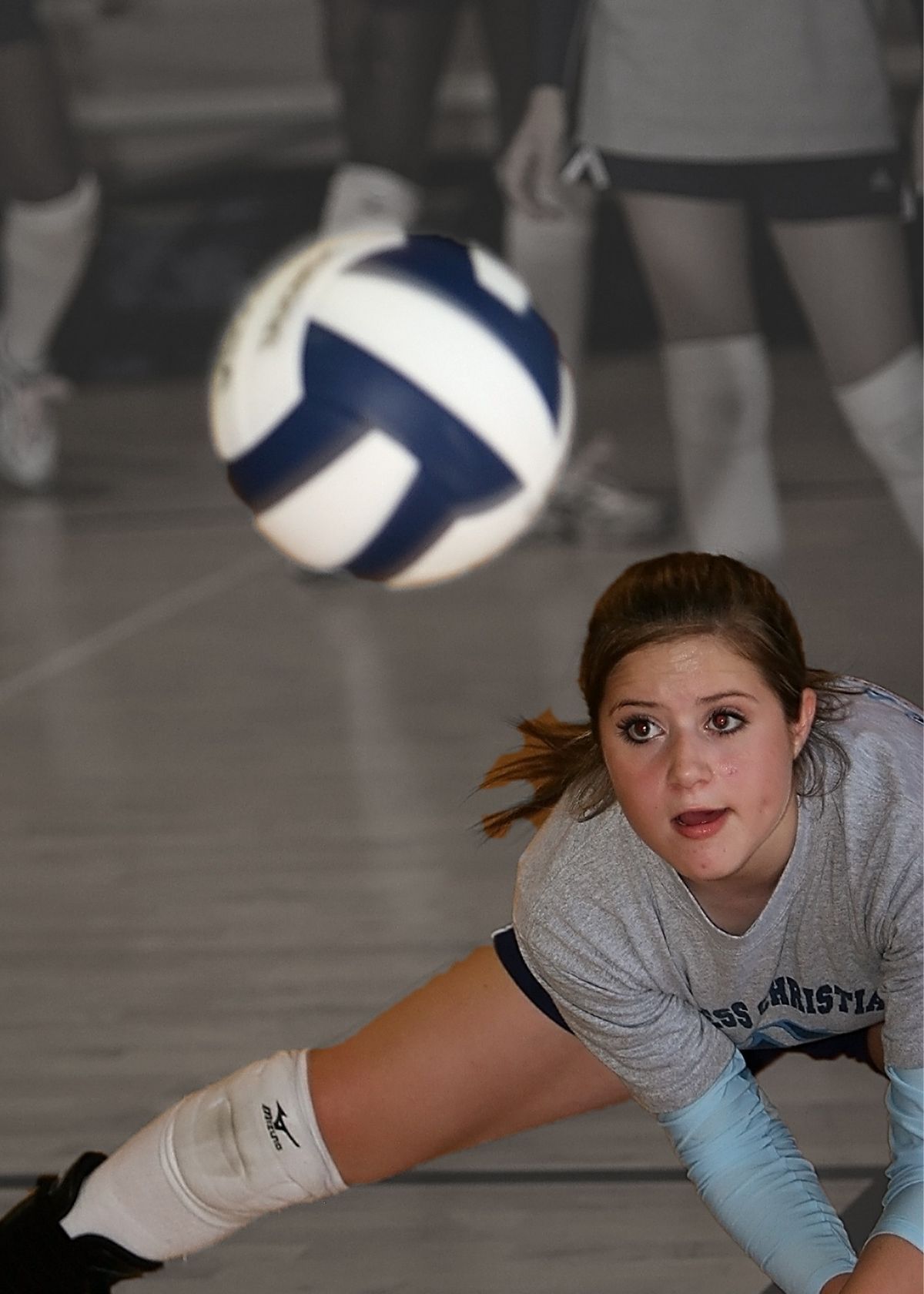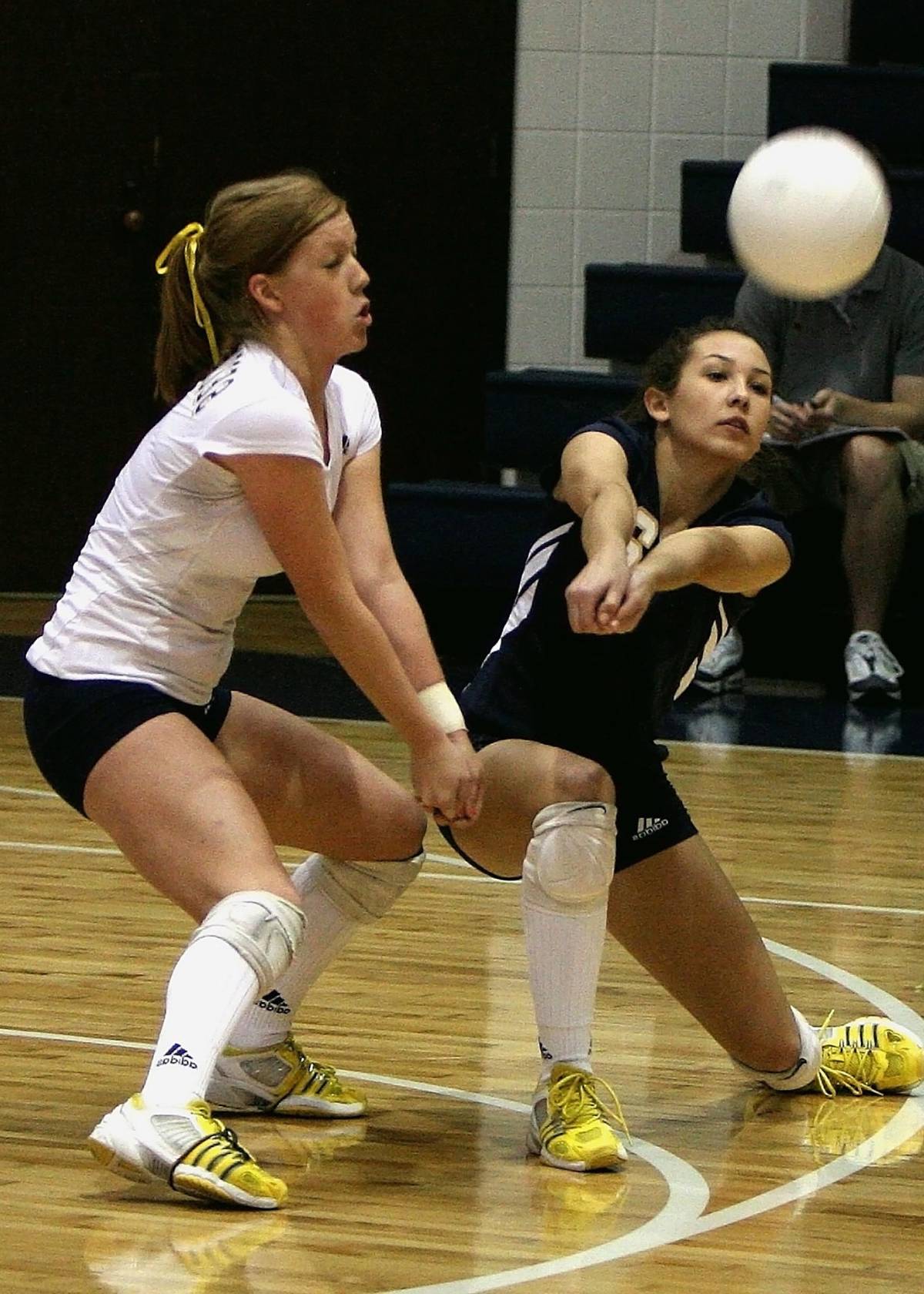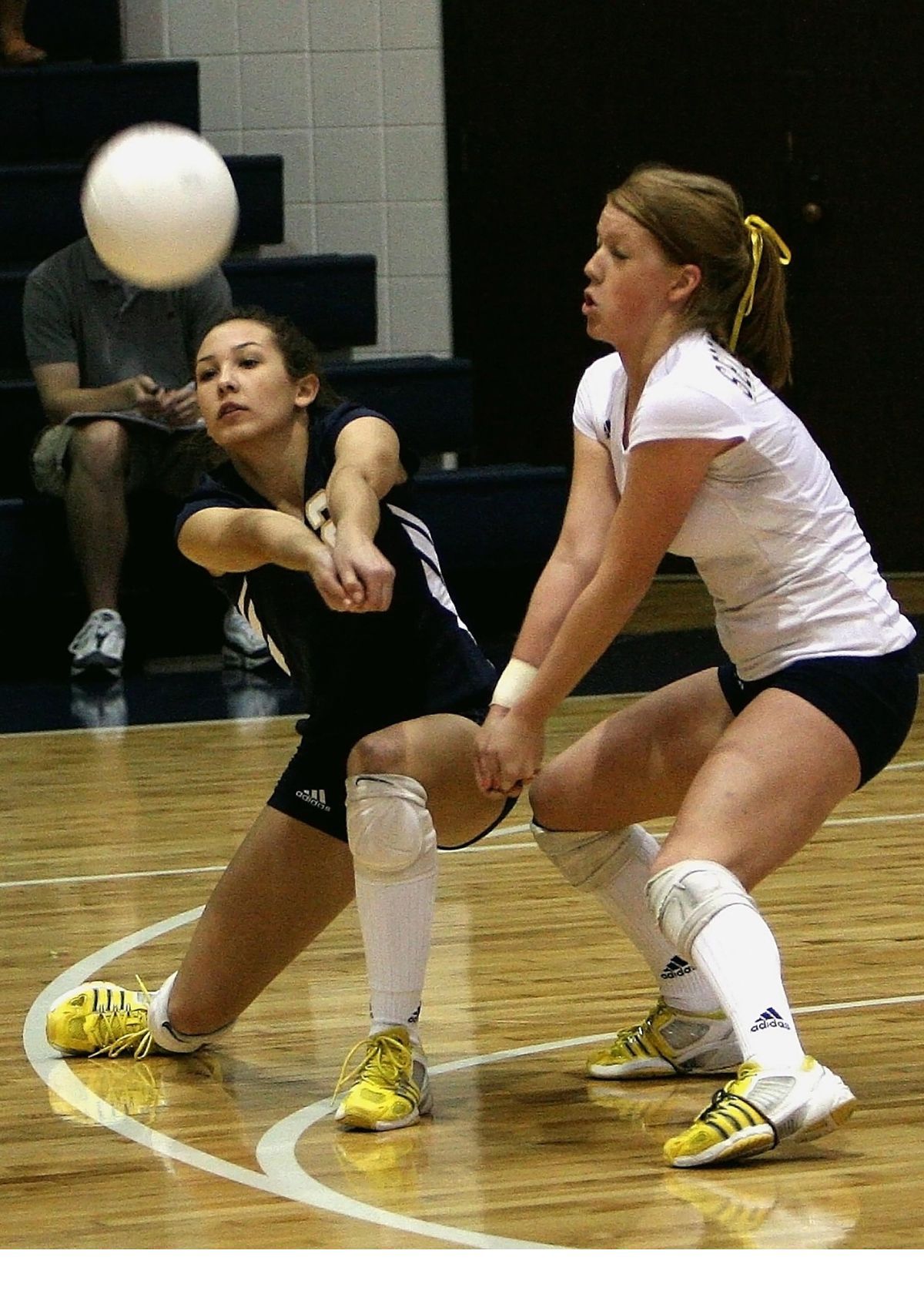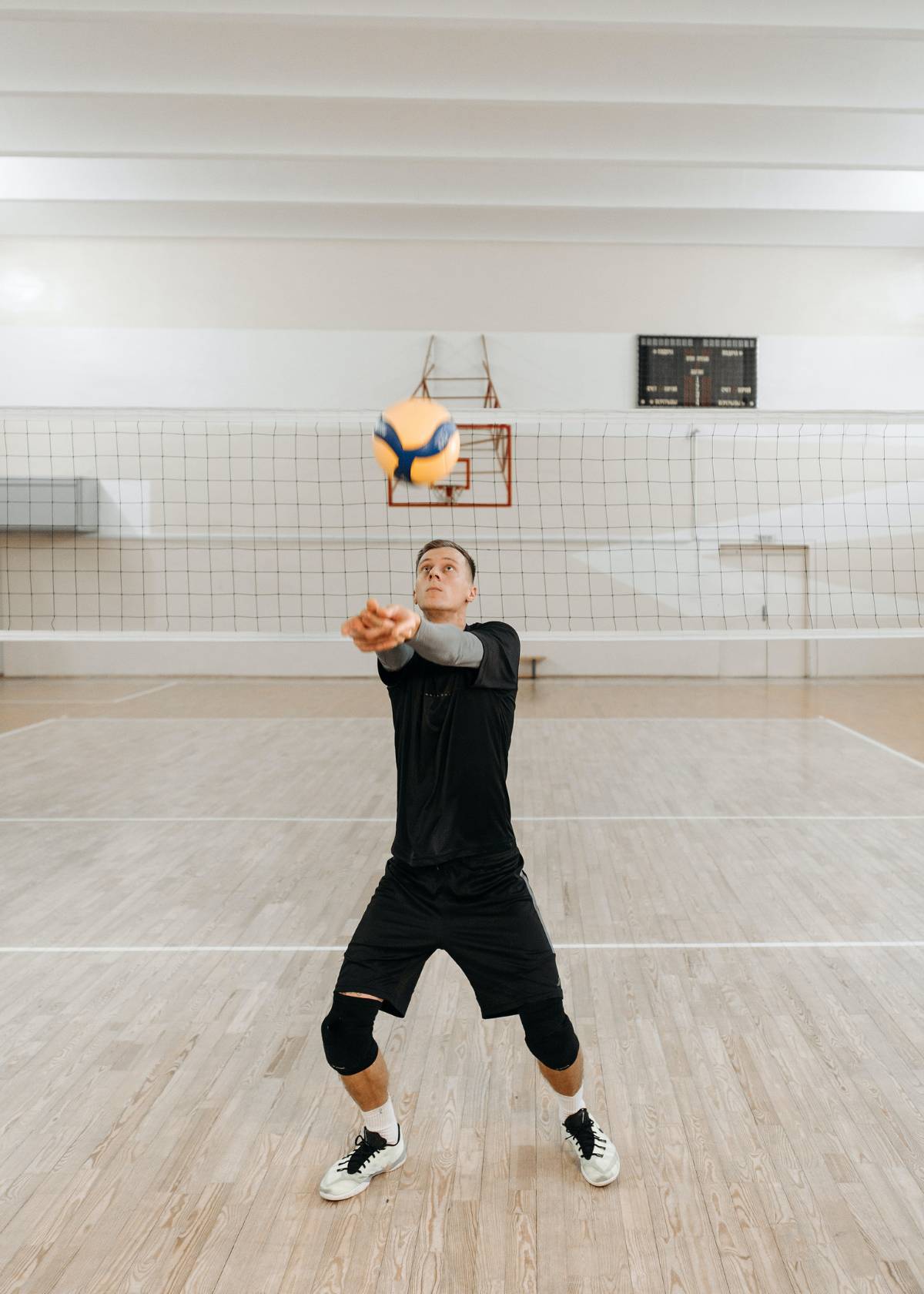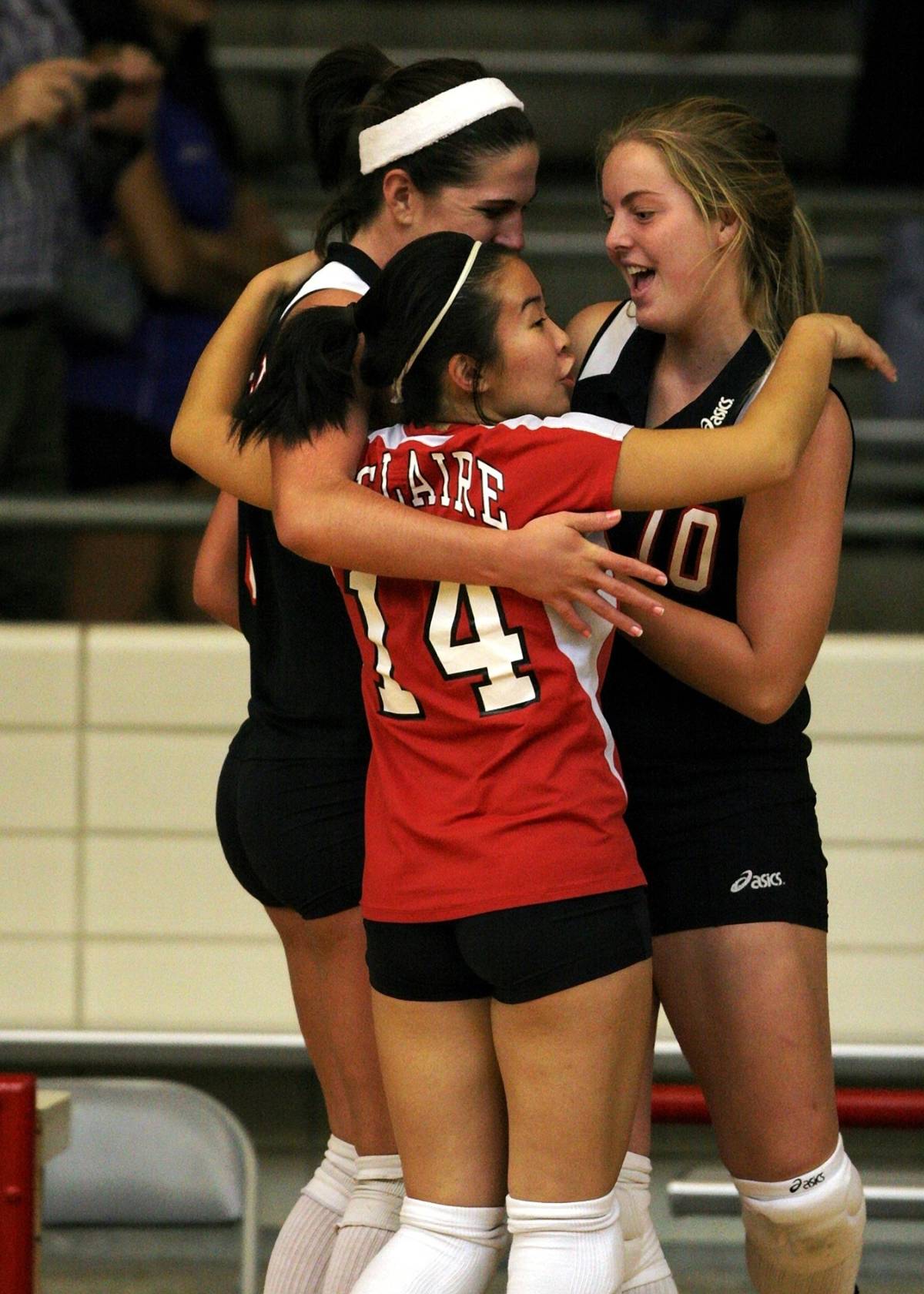Have you ever gone to a volleyball game and seen someone wearing a different colored jersey than everyone else?
Chances are, that person is a libero, and they play an extremely important role in the game. But what exactly is a libero, and why do they wear a different color? Let’s dive into the world of liberos and find out!
What does a libero do?
So, what is a libero in volleyball? A libero is the only player in a volleyball team who specializes in defense. Libero is a defensive specialist who is limited to playing as a back-row player.
The main job of the libero is to receive serves from the opposing team, as well as help with back-row defense. Their job is to stay within the attack line and react quickly to any attack hit or dig.
The goal of the libero is to keep the ball in play so that it can be set up for another attack by their team. The primary purpose of the libero is to improve ball control and defense for their team.
They specialize in digging – that is, preventing balls from hitting the floor on their side of the court by either bumping or diving for them.
Liberos are usually skilled passers who have excellent technique when it comes to using their arms and wrists, which allows them to pass accurately and keep rallies alive.
What is a libero allowed to do?
The libero position is a specialized role in the sport of volleyball. Though their role differs from front-row players, middle blockers, for example, liberos are critical to maximizing the team’s ability to dig up balls off enemy spikes and save points.
Liberos can freely pass any ball they choose without restriction. They can also set with their hands, but cannot act as an attacker or block - typical duties of front-row players.
The libero must wear a different-colored jersey from their teammates so that referees can easily differentiate between them and other players on the court.
Since they can’t attack or block, they need to be good at setting – getting an incoming ball up into the air where it can be attacked by another teammate.
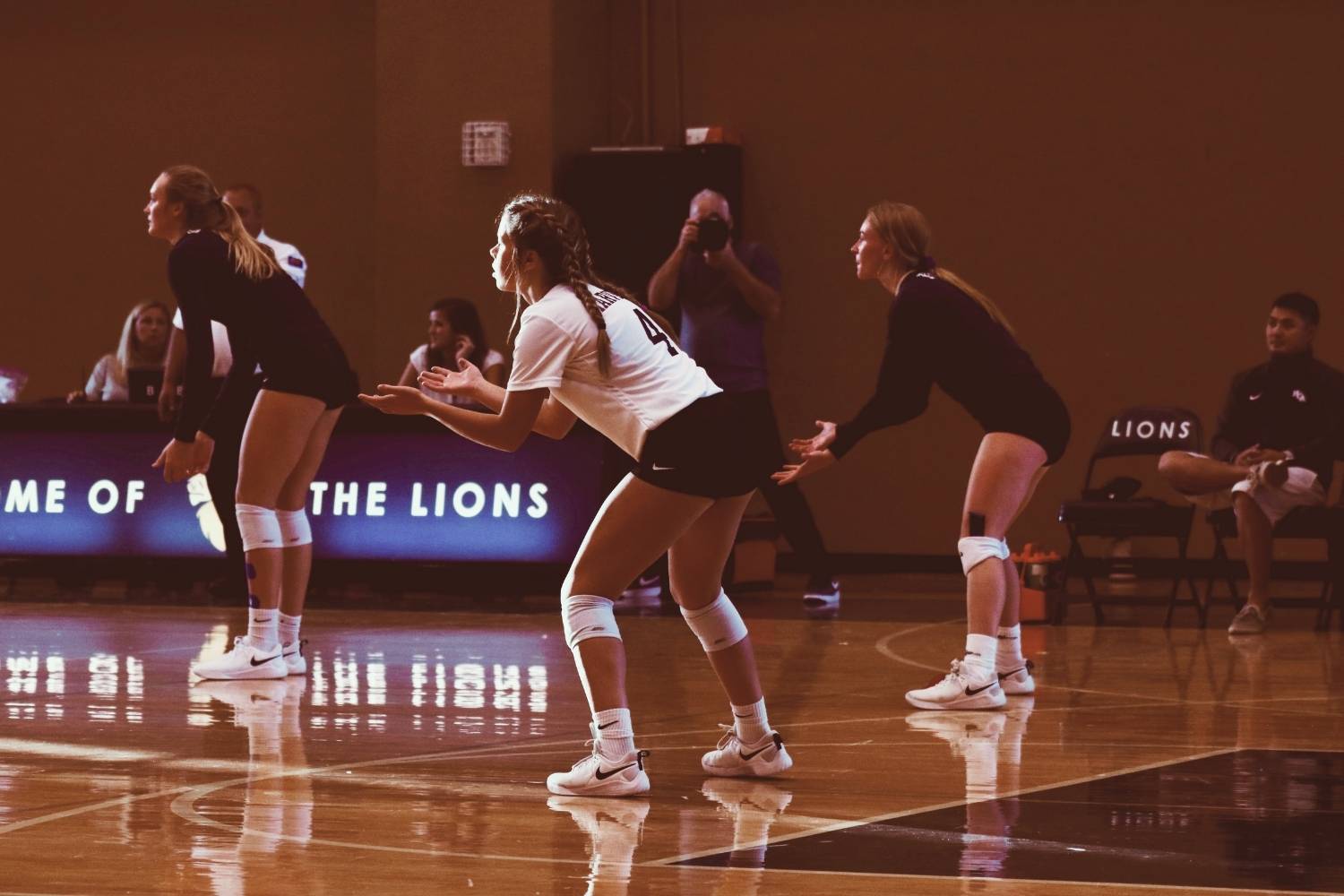
Can the libero serve in volleyball?
Generally speaking, no; however, there are some situations where a libero may be allowed to do so.
The FIVB (Fédération Internationale de Volleyball, or International Volleyball Federation) regulations do not permit liberos to serve - with USAV (USA Volleyball) and NCAA Volleyball (National Collegiate Athletic Association) rules allowing it in just one specific rotational position.
Furthermore, if a team happens to only have six players total on the court then the libero may handle serving duties as just another player would.
In short, although the libero is typically prevented from doing so, there are certain conditions in which they may step up and contribute with a service of their own.
How important is the libero?
In competitive volleyball, defensive specialists play a key role, none more so than the libero. In both men's and women's volleyball, the libero is an extremely important part of the team and its game plan.
Fast footwork and communication are just some of the few attributes necessary to excel in libero plays. They must line up perfectly at every opportunity to ensure that all opponents’ shots can be stopped, making sure their defensive counterparts stay in proper positions.
Without a properly trained defensive specialist, like a libero, teams may find themselves easily stalled or even defeated due to defensive miscommunication or lack of defensive response.
Hence, it can now be concluded that the importance of having a libero in volleyball games should never ever be neglected.
Why were liberos created?
The volleyball libero is a specialized position on the volleyball court that is designated for defense.
This defensive specialist position was created to help teams improve their defensive capabilities without sacrificing offensive power.
This meant that teams could use one player designated as a “libero” who would only be allowed to perform defensive duties on the court (i.e., no attacking or blocking).
It was also designed to give teams flexibility with their substitutions; since the libero is limited to playing only on defense, teams are able to substitute them out more often than other players without disrupting offensive plays or formations.
This allows coaches to keep fresh legs on the court at all times while still maintaining optimal defensive play.
Why do liberos wear a different color?
A libero is the only player in a volleyball team who specializes in defense. Their job is to stay within the attack line and react quickly to any attack hit or dig.
Liberos typically wear a different color from their teammates so that referees can easily identify them on the court at all times.
This helps referees and scorekeepers keep track of which player has left the court when they are substituted out as well as which player has entered the court when they are substituted back in.
It also helps spectators easily follow along with who is playing where at any given time during a match.
Conclusion
By now you should have a good understanding of what exactly a libero does in volleyball, why they were created, and why they have such distinct uniforms!
Even though liberos may not get as much recognition as offensive stars like attackers or setters, without them your team would struggle greatly with defensive plays - so don't forget about them!
So next time you go watch your favorite volleyball team play, make sure you pay attention to who's wearing what color - they just might be your team's secret weapon!
Or whether you are a volleyball player, just starting out, or have been playing for years, understanding what exactly makes up this unique position can help you become an even better player.
So if you want to make sure your team has what it takes to win, don't forget about these valuable players!
Check out our other volleyball and sports & fitness blog posts!
